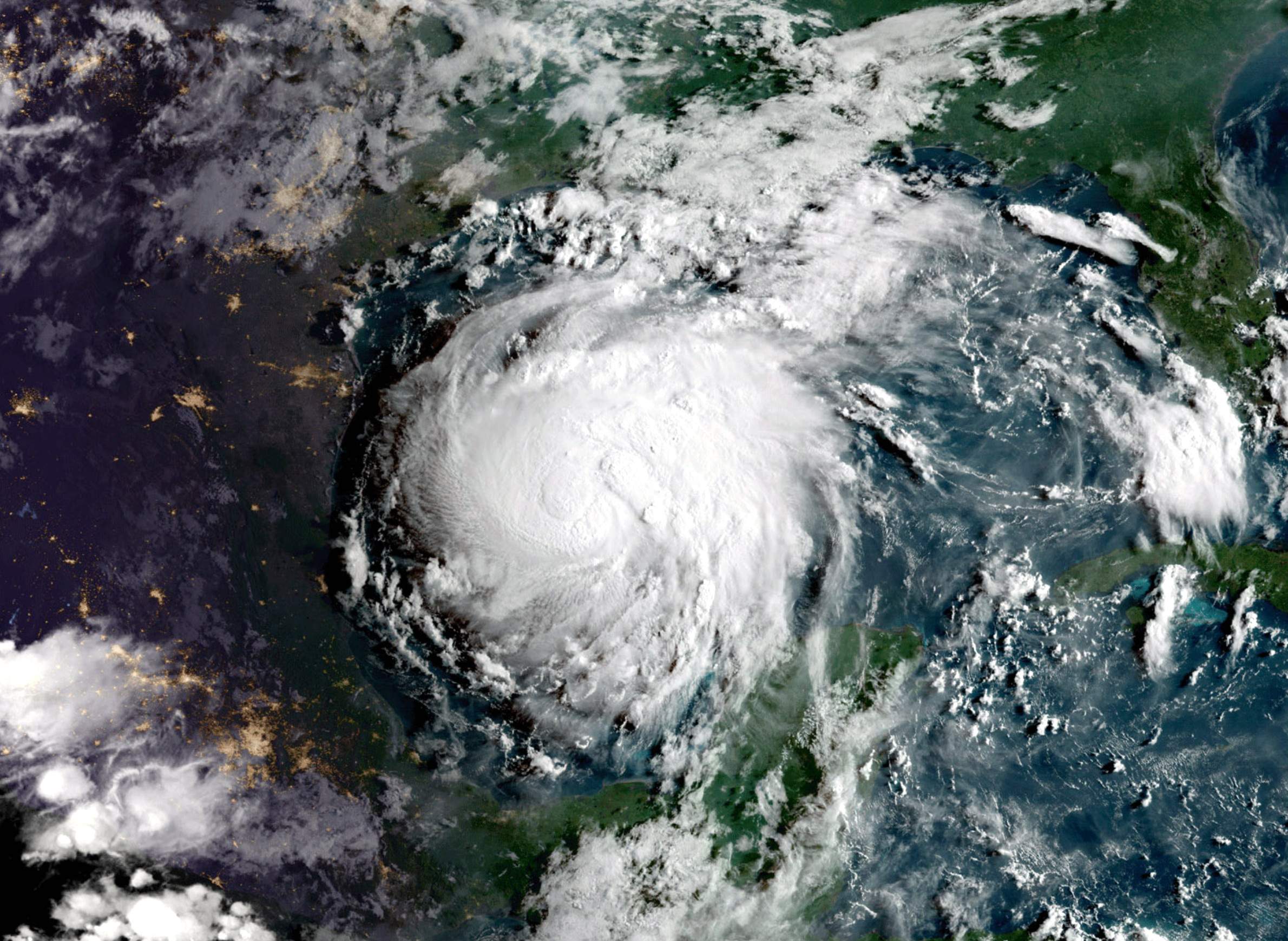
Hurricane Harvey approaches the Texas coast, as captured by the GOES-16 weather satellite on Aug. 24, 2017.

Hurricane Harvey approaches the Texas coast, as captured by the GOES-16 weather satellite on Aug. 24, 2017.
The sheer amount of water Hurricane Harvey inflicted upon southeast Texas in late August 2017 astonished even people who study floods for a living. Shane Hubbard, a postdoctoral researcher with the University of Wisconsin-Madison's Space Science and Engineering Center, analyzed the data about Harvey's impact and determined that thousands of square miles across the Houston area experienced flooding on a truly historic scale
"This is something that hasn't happened in our modern era of observations," Hubbard told The Washington Post.
As unprecedented as Harvey is, scientists like Hubbard have also known for a long time that major floods are becoming more common. He discussed the challenges posed by flooding in a Jan. 4, 2017 talk for the Wednesday Nite @ the Lab series on the UW-Madison campus, which was recorded for Wisconsin Public Television's University Place.
Hubbard has analyzed data on the increasing prevalence of flooding across North America. Much of his work focuses on helping communities get the information they need to plan for the impacts of floods.
Attitudes about flooding have gradually changed, Hubbard explained. Throughout history, engineers and governments tried to build ever taller and wider levees to keep floods at bay. But in the 1960s, researchers began to question that approach and started thinking more about getting people away from floodplains and out of harm's way. This shift led to policies addressing flood insurance and establishing scientific benchmarks like flood return frequencies.
Of course, as Hubbard lamented in his January talk, there are still plenty of homes, businesses and environmentally sensitive industries like chemical plants in flood-prone areas around the globe, as Harvey's impact in Houston so tragically demonstrates.
Hubbard also offered an overview of how flood preparation works, from the stability of building materials to storm sewer engineering to emergency management. He discussed how the engineering tools for dealing with floods are evolving, considered the economic and human toll of floods, and detailed the work he's done trying to help low-income communities in Puerto Rico become more resilient in the face of frequent flooding.
Key facts
Key quotes